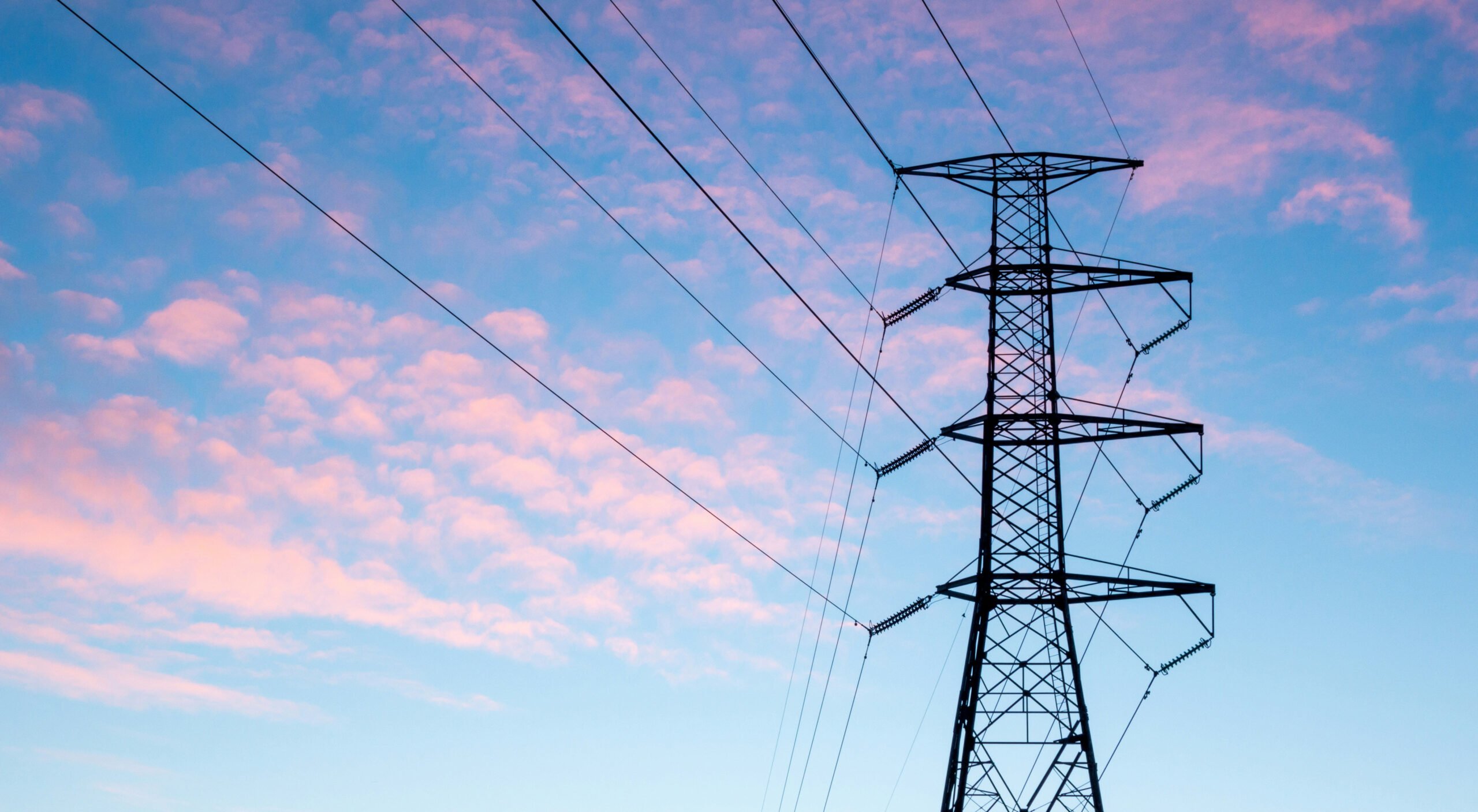Minnesota Infrastructure Permitting Act and Certificate of Need Statutory Changes Signed into Law

On May 24, 2024, Governor Walz signed into law a 1,400-page omnibus bill that was passed by the Minnesota Legislature in the waning hours of the 2024 session. Minnesota Session Law Chapter 127, Article 43 includes the Minnesota Infrastructure Permitting Act, which makes substantive changes to modernize the permitting process for high-voltage transmission lines (HVTLs) and traditional and renewable generation resources. Minnesota Session Law Chapter 127, Article 44 includes several revisions to Minnesota certificate of need applicability and application requirements. The Minnesota Infrastructure Permitting Act is effective July 1, 2025, while Minnesota Session Law Chapter 127, Article 44 is effective as of May 25, 2024.
Persons seeking to permit HVTLs, traditional generation, renewable generation, or carbon dioxide pipelines in Minnesota should be well-versed in the statutory changes well ahead of the effective date of the Minnesota Infrastructure Permitting Act. Although the provisions will only be effective for applications filed after July 1, 2025, many of the pre-application and application requirements will need to be undertaken or developed before filing an application under the Minnesota Infrastructure Permitting Act. Many of these requirements are different than those required under the Power Plant Siting Act, which previously governed siting and route permits submitted to the Minnesota Public Utilities Commission (Commission).
Key changes in Minnesota Session Law Chapter 127, Article 44 (effective May 25, 2024):
- Defining a large energy facility as an HVTL with a capacity of 300 kV or more and greater than one mile in length in Minnesota (instead of the prior 200 kV or more and greater than 1,500 feet);
- Removing an HVTL that has a capacity of 100 kV or more and crosses a state line from the definition of a large energy facility;
- Adding three new certificate of need exemptions, including for energy storage systems; HVTLs that connect to wind generation, solar generation, or energy storage systems; or an HVTL being relocated to a new location but constructed to the same voltage as the existing HVTL; and
- Revising the timing requirements for an incumbent utility should it intend to construct an electric transmission line that has been approved for construction in a federal registered planning authority transmission plan. Notice must now be provided within 60 days of approval and the certificate of need application must be filed within 12 months from the notice, rather than 90 days for notice and 18 months for application.
Key changes in the Minnesota Infrastructure Permitting Act (effective July 1, 2025):
- Reconfiguring the Power Plant Siting Act (Minn. Stat. Ch. 216E) to the Minnesota Energy Infrastructure Act (Minn. Stat. Ch. 216I) to consolidate the requirements from various statutes into one new statute;
- Relocating state Energy Environmental Review and Analysis Staff from the Department of Commerce to the Commission;
- Revising prior “Full” and “Alternative” review processes for siting and routing applications to “Major Review” and “Standard Review;
- Requiring that applicants for an HVTL need only propose a single route for the HVTL, regardless of whether the HVTL qualifies for the Major Review or Standard Review processes;
- Modernizing the siting and routing pre-application coordination, application content, and post-filing notice requirements for applicants.
In light of these significant changes to Minnesota Statutes, for which various Minnesota Rules were promulgated by the Commission, the Commission will also need to evaluate the extent to which new rules may also be needed. The Minnesota Infrastructure Permitting Act repeals certain portions of Minnesota Statutes Chapters 216E and 216F as well as all of Minnesota Rules 7850 and 7854, effective July 1, 2025.
Given the breadth of these changes, persons looking to develop HVTLs, carbon dioxide pipelines, or traditional or renewable generation resources are encouraged to engage legal counsel early in their development process to understand the impacts of these laws on projects.
In This Article
You May Also Like
Executive Orders Promise a Makeover for the FAR and DFARS SBA Franchise Directory Reintroduced Effective June 1, 2025